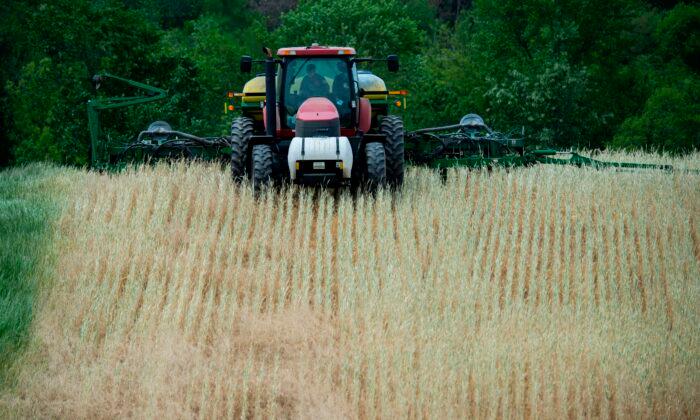WASHINGTON—Affordable and accessible broadband in the United States has become more essential than ever as the pandemic has moved many social and commercial activities online. However, there are many parts of the country where broadband is still unavailable.
During the health crisis, there were huge spikes in the use of broadband as many Americans worked from home and schools closed around the country.
There have been several legislative proposals in both the Senate and the House to prioritize broadband build-out during the pandemic.
Accessible and affordable broadband in every house has become more essential with the health crisis, according to Clyburn.
“The children go to the local parking lot of a local fast food place, so they can get on the internet to do their homework,” he said at a press conference on April 30.
“And I’m very pleased that when we had our first infrastructure meeting at the White House, the president said he got it. He understood.”
Trump is scheduled to discuss boosting broadband access in rural areas at the White House on June 18.
COVID-19 has also changed the health care delivery system in the country with telehealth becoming increasingly popular. Broadband-enabled telehealth services have allowed patients to communicate with their doctors and access the care they need without going to the hospital. However, in rural areas the lack of broadband has been a key barrier in the use of telehealth services.
“From the Alaskan Bush to the Mississippi Delta, no American should get second-class broadband service, or worse yet, no service at all,” Shirley Bloomfield, CEO of NTCA–The Rural Broadband Association, said on May 13 in her testimony before the Senate Committee on Commerce, Science, and Transportation.
Permitting Efficiency
During the hearing, Sen. Roger Wicker (R-Miss.), chairman of the committee, said that proposals to solve the digital gap problem should also include ensuring permitting efficiency.Broadband providers need to “have access to permits in a timely manner to maintain and upgrade their networks to support increased demand for internet services,” he said.
Speaking at a press conference hosted by the U.S. Chamber of Commerce in February, Zippy Duvall, president of the American Farm Bureau Federation, said the streamlining of permits would help narrow the gap between rural and urban areas in broadband access.
“It’s ridiculous that a farmer’s child has to go to McDonald’s to be able to get online and keep up with his education,” he said.
The number of Americans who lack access to broadband could be significantly higher than estimated.
Some studies have shown that the true number of people without broadband access is 42 million or even as high as 162 million, the FCC stated in its broadband deployment report.
“That’s because if a broadband provider tells the FCC that it can offer service to a single customer in a census block, the agency assumes that service is available throughout,” the agency stated, noting that this assumption wildly understates the extent of the digital divide in the country.





